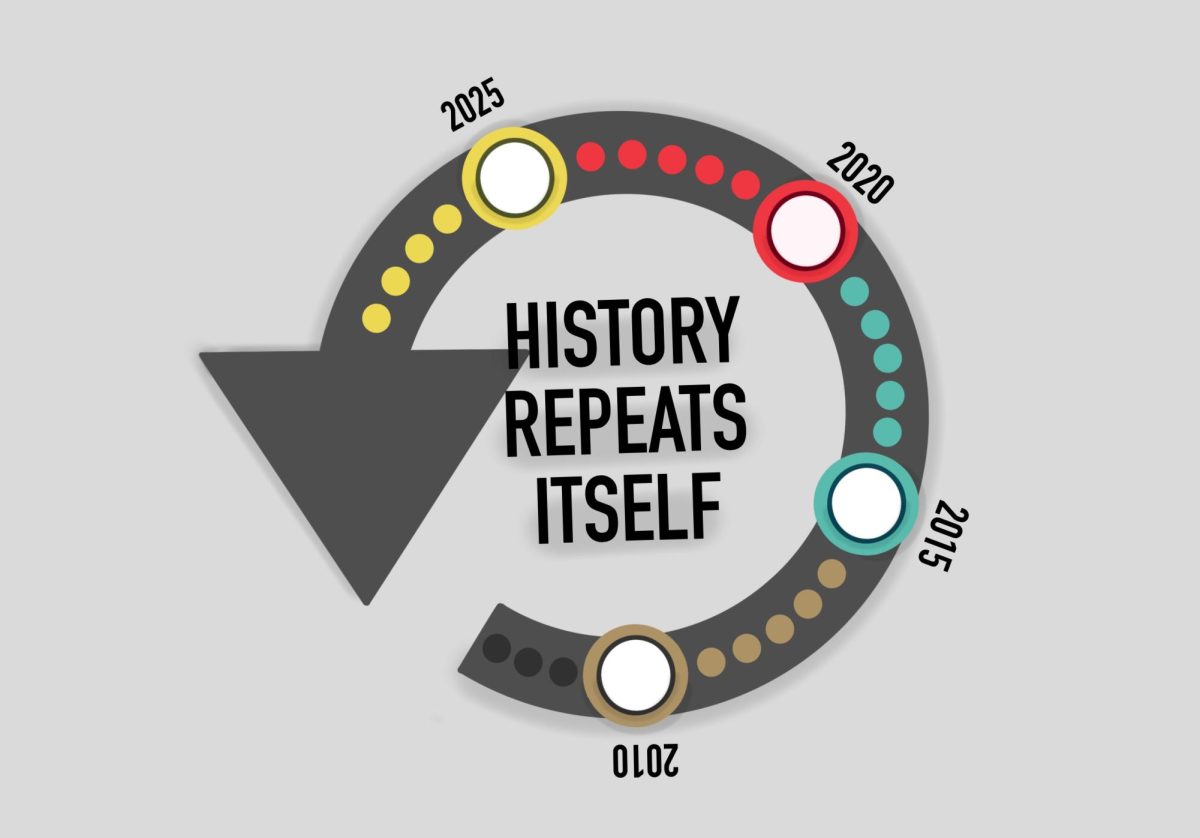Vaping devices and other nicotine products have been received with mixed feelings since their introduction in the United States in 2006. Many claim they are a safe alternative to cigarettes and can thus aid smoking cessation, while others see their dangerous chemicals and a potential inverse effect in which these devices could be a gateway to get non-smokers (especially young first-timers and “social smokers”) to try electronic cigarettes’ infamous cousin.
Cigarette smoking itself has steadily declined in the U.S. adult population since 1966, from 42.6% to just 13.8% by 2018. Part of this decline is likely due to shifting public opinion about cigarettes in the face of studies proving their danger. Unfortunately, however, this trend was not mirrored by the country’s youth. Call it teenage rebellion, call it misinformation or even plain angst. The American Lung Association reported an almost 10% increase in youth cigarette smoking rates from 1991 to 1997 (from 27.5% to 36.4%). From then on, however, rates of smoking increase have dropped sharply to well below 10%.
Beyond the high volume of anti-cigarette advocacy and research, many attribute this drop to landmark lawsuits against Big Tobacco culminating in the Master Settlement Agreement (MSA), a contract in which some of tobacco’s largest companies settled litigation with 46 U.S. states and five territories. Within the MSA were new requirements that kneecapped the companies’ marketing abilities. Among these are the complete prohibition of targeting minors in ads; selling merchandise with brand logos; and outdoor, billboard, and public transit advertising. Really, the MSA was a shining victory in the fight against teen-targeted smoking advertising — and when an industry spends over 7.62 billion dollars a year on marketing and advertising, they can expect a shock to their system after agreeing to such sweeping prohibitions.
The benefit of a device like a Juul (one of the most popular vaping devices on the market) is that they provide an opportunity to alleviate “industry standard” pressure felt by cigarette companies because they are selling a different product. Therefore, a company that sells vaping devices simply does not feel the direct pressure from old Big Tobacco lawsuits. Of course, these e-cigarette companies came on the scene well after the MSA, so they did not feel any of its influence at the time. Even still, the standard that the MSA put in place would have retroactively pressured a new company to fall in line. The real trick of the Juul or e-cigarette, however, is the novelty. Medical, and now public, understanding of cigarettes is that they are indisputably dangerous to your health and well-being. The same cannot quite be said for the public opinion about vaping devices. It is difficult to regulate these products when people lack solid understanding about their effects. Thus, ads nearly copying pre-MSA cigarette ads (adjusted for trends and aesthetics) were free to circulate.
As we saw above, youth smoking rates are declining. This statistic is at least a little heartening, though we may need to update the data we look at to get the full picture. Current “tobacco use” by high school students in 2018 was reportedly 27.1%, according to a Centers for Disease Control and Prevention survey. Also shown was a steady increase in vaping among this demographic since 2011. Tobacco companies are taking notice of this shift; old tobacco giants like Altria and Phillip-Morris have even gotten skin in the game, buying up stock of newer, smaller (in comparison) e-cigarette companies, likely to offset their losses in cigarette sales.
E-cigarettes, then, are the undisputed rising stars in the tobacco world, both to customers and the rest of the industry. Their rise may be attributed to the fact that they substitute the scientifically proven danger of cigarettes for a sort of speculative danger, one that those looking for an excuse to vape can easily refute. But science and attorneys are following suit, shifting their focus to e-cigarettes and vaping devices rather than cigarettes and smokeless tobacco. For example, the Food and Drug Administration (FDA) and National Institute of Health have awarded $151 million in grants to research. With this funding, researchers can investigate tobacco, including health of effects e-cigarettes and marketing for the financial years 2018-2022, through their Tobacco Centers of Regulatory Science program.
Alongside the scientific shift in focus is a recent, but palpable, legal focus on the strategies of e-cigarette companies. One legal battle that gained notoriety in recent years is North Carolina v. Juul. The complaint, brought about by North Carolina Attorney General Josh Stein, details the company’s customer demographic, their early marketing campaigns and their failure to gain or even seek FDA approval as a designated cessation aid. All of these examples support Stein’s claim that Juul played a large role in the nicotine addiction of this generation. Specifically, Stein says they helped to “reverse the historic decline in teen tobacco use.” Looking at the tobacco use trends noted above, it will be hard to refute these claims, and failure to do so (and do so decidedly) could land Juul in hot water.
The thing about tobacco products is that because they kill off their most loyal customers, and because adults are simply less likely to start smoking, the most powerful and important advertising will always be that which targets kids (if you’re already addicted to nicotine, you don’t need much of a push to keep using it). Regulations and lawsuits like those mentioned above are certainly starting to catch up and hold these companies accountable, but they cannot be fully responsible. An unknown, but likely high, number of teens have started vaping in the few years since North Carolina lodged its initial complaint against Juul. If we let vape companies tell us that their products are safe and only intended to be a cessation aid, we are falling into marketing schemes the same way that our grandparents did when Lucky Strike called their cigarettes “toasted” or when Camel said they were the most popular cigarette among doctors. In the meantime, while legal battles are fought and scientific studies are conducted, we — as the generation being marketed to — should do our best to not shovel dollars into the companies that are responsible for the deaths of millions and that pay for the very ads that get more of us addicted. Getting us addicted to e-cigarettes is, in the end, the only way that tobacco giants can stay in business, or at least retain a shred of the power they had in the last century.


















